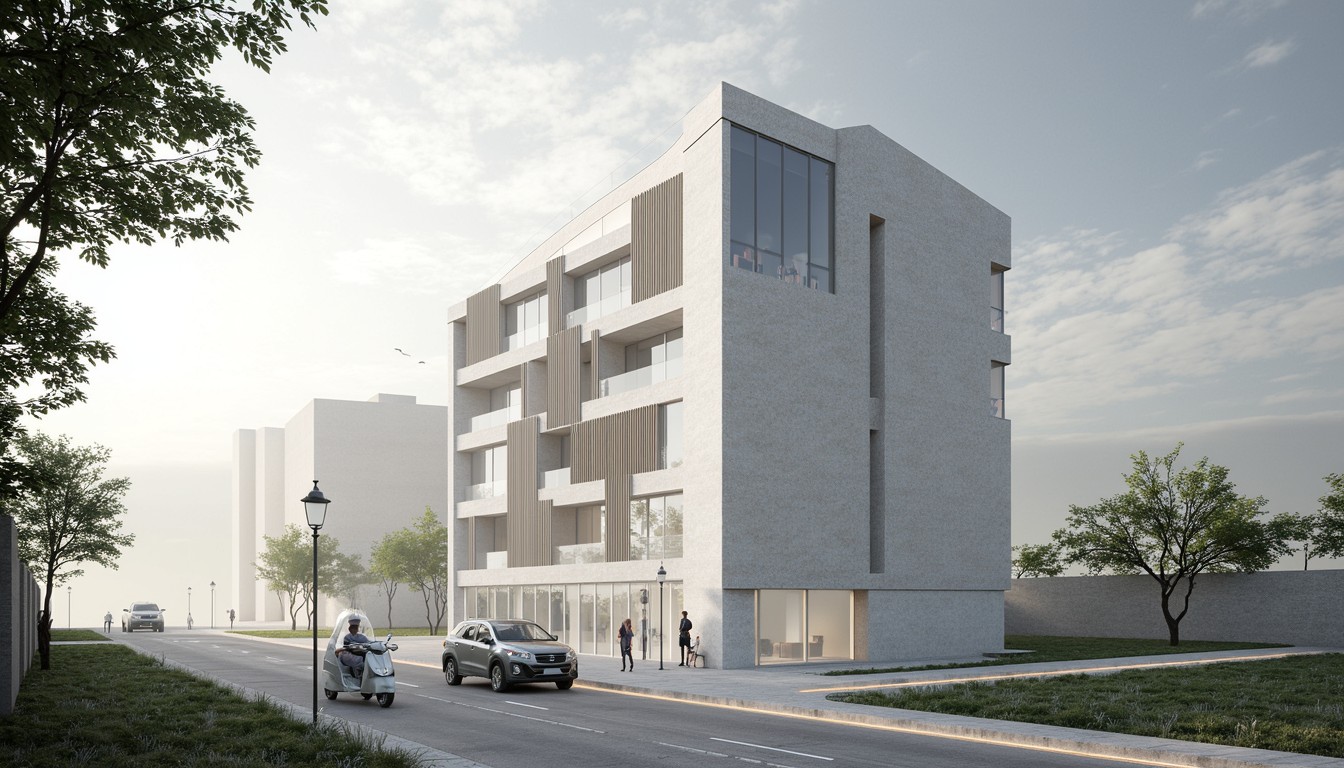Immersive Design: Revolutionizing Architecture with VR & AR
The architectural landscape is undergoing a dramatic transformation, driven by technological advancements that blur the lines between the physical and digital worlds. Virtual Reality (VR) and Augmented Reality (AR) are no longer futuristic concepts; they're powerful tools reshaping how architects design, present, and experience spaces. At ArchNav, we're at the forefront of this revolution, leveraging the immersive power of VR and AR to deliver unparalleled architectural visualization services.
The Rise of Immersive Technologies in Architectural Visualization

Traditional architectural presentations, relying on static renderings and 2D blueprints, often fail to capture the true essence of a design. Clients struggle to visualize the space, understand the flow, and truly connect with the proposed architecture. This is where VR and AR step in, offering immersive experiences that bridge the gap between imagination and reality.
Virtual Reality (VR) in Architecture: Stepping Inside the Design
VR provides a fully immersive, 360-degree experience, allowing architects and clients to virtually “walk through” a building before it's even constructed. This technology offers several key advantages:
- Enhanced Client Engagement: VR fosters a deeper understanding and appreciation of the design, leading to more informed decisions and reduced revisions.
- Early Problem Detection: By experiencing the space virtually, potential design flaws, spatial issues, or accessibility problems can be identified and addressed early in the design process, saving time and resources.
- Improved Collaboration: VR facilitates seamless collaboration among architects, engineers, and clients, fostering a shared understanding and streamlining the design process.
- Realistic Experience: High-quality VR renders accurately depict lighting, materials, and textures, providing a realistic preview of the final product.
Augmented Reality (AR) in Architecture: Overlaying the Digital on the Real
AR overlays digital information onto the real world, offering a unique perspective on architectural design. Unlike VR, which creates a completely virtual environment, AR enhances the user's existing view. Key applications of AR in architecture include:
- On-site Visualization: Architects can use AR to overlay a 3D model of a building onto the actual construction site, allowing for better spatial understanding and coordination.
- Interactive Presentations: AR apps can be used to create interactive presentations, allowing clients to explore design options and manipulate elements in real-time.
- Marketing and Sales: AR can be used to create engaging marketing materials, showcasing the building's features and benefits in a memorable way.
- Construction Guidance: AR can be used to provide real-time guidance to construction crews, ensuring accuracy and efficiency.
Real-World Applications and Case Studies

The applications of VR and AR in architecture are vast and constantly evolving. ArchNav has been involved in numerous projects demonstrating the transformative power of these technologies. For example, we recently helped a developer showcase a luxury condominium complex using VR, allowing potential buyers to explore various unit layouts and finishes before purchasing. The result? Significantly increased sales conversions.
Another successful project involved using AR to help a city planning department visualize a proposed park redesign. By overlaying the digital design onto the existing park space, city officials and community members could collaboratively assess the project's impact on the surrounding environment and community needs.
Choosing the Right Technology for Your Project
The choice between VR and AR depends on the specific project goals and requirements. VR is ideal for fully immersive experiences, while AR is better suited for overlaying information onto the real world. Often, a combined approach offers the best results.
The Future of Immersive Design

The future of architectural visualization is undeniably immersive. As VR and AR technologies continue to evolve, we can expect even more realistic and interactive experiences. The integration of AI and machine learning will further enhance the design process, allowing for automated design optimization and personalized experiences.
ArchNav: Your Partner in Immersive Architectural Visualization
At ArchNav, we understand the transformative potential of VR and AR in architecture. Our team of expert architects and visualization specialists utilizes the latest technologies and cutting-edge techniques to create immersive experiences that exceed expectations. We are committed to helping our clients communicate their vision effectively, attract investors, and ultimately, build better spaces. Contact us today to learn how ArchNav can help you leverage the power of immersive design for your next project.
